Sony today announced a tiny new 4K action camera with a unique feature that makes it stand out in a crowded market. Previously launched only in Japan, the FDR-X3000R features a miniaturised version of the Sony’s Balanced Optical SteadyShot (B.O.S.S.) image stabilising system found on some of the company’s other consumer and prosumer camcorders.
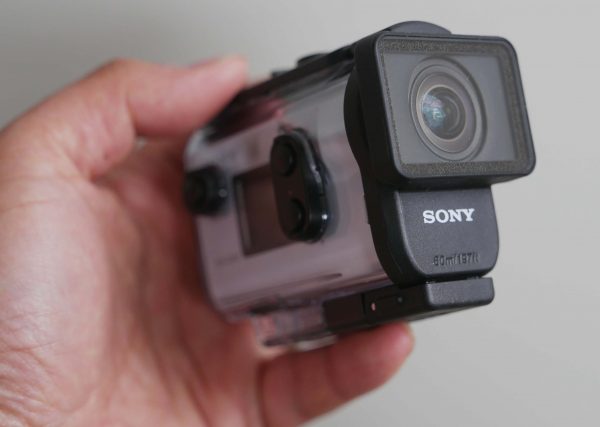
The camera has XAVC S recording to MicroSD cards in UHD 4K at 24, 25 and 30P at 100 Mbps. It can also record 1080P HD at up to 60 fps and 720P at 120 fps. Drop down to 800×480 and you can get 240 fps.
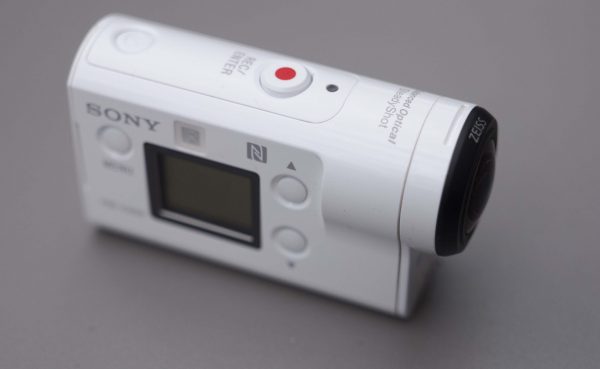
The camera has a new 1/2.5 type 8.2MP Exmor R CMOS sensor full pixel readout without pixel binning and a 2.6mm f2.8 Zeiss Tessar wide lens. The bare camera is splash-proof without a housing, and can also be used at depths of up to 60M using the included MPK-UWH1 underwater housing. There is a handy live view remote controller with a screen that can be used to see a feed from the camera and start and stop recordings. This controller can be wrist-worn or mounted to the camera’s waterproof case. Because it connects wirelessly there is a slight delay, but the connection initialisation process is pretty simple and seeing the video on your wrist is very James Bond-like.
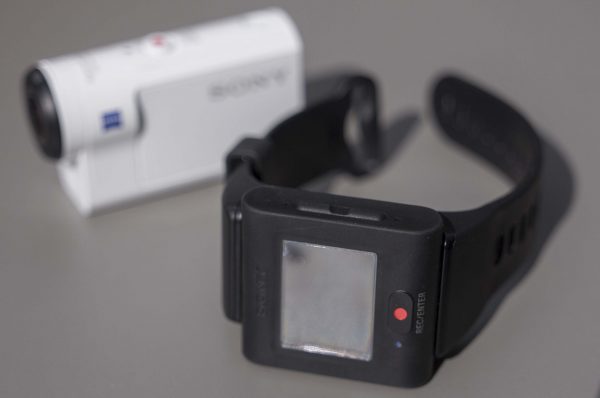
The camera can also shoot stills and time lapses.
B.O.S.S. is essentially an image stabiliser system that moves the whole lens assembly (unlike regular systems which just move a small group of elements within it). When you mount the camera onto a moving platform like a bike or car the results appear more stable than they would from a regular image stabiliser.
The system is not able to rival the results from a brushless gimbal system when handheld or moving in more erratic ways. The B.O.S.S. system is really designed to smooth out vibrations and camera shake.
Sony sent me a FDR-X3000R to try out and I have to say I was pretty impressed with the results. I took the camera for a long drive around central London attached to the hood of my car. For comparison purposes I also attached a GoPro Hero 4 Black. As you can see from the long video, the Sony does an excellent job of smoothing things out and I can see the little camera being invaluable for all sorts of factual programming.
The only flies in the ointment are the lack of any kind of real flat gamma to rival GoPro’s ProTune, and the inability to lock any of the camera’s exposure settings (you can, however, set white balance and exposure compensation). Also, battery life was not quite as good as the GoPro.
Things weren’t so good when I tried to move the FDR-X3000R handheld. As expected, the stabilisation results, while acceptable by action camera standards, are nothing to really write home. Some shots were pretty jumpy with the B.O.S.S. system engaged, although overall still smoother than without it turned on. The system isn’t really designed to replace a gimbal and a DJI OSMO would have done a far better job of moving shots. Where the system has a clear benefit is when trying to get static shots in a hurry when shooting handheld. There is something very fun and liberating about being able to just point the tiny camera and know that the shot is being stabilised.
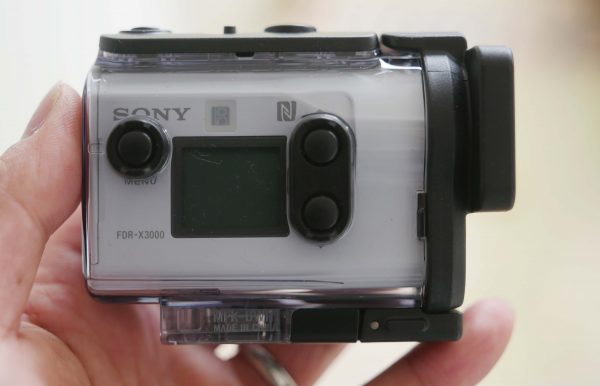
Overall, I would say that the GoPro has the more versatile image when shooting using ProTune. You have more scope to grade it and retain detail in the highlights and shadows, but the image from the Sony is detailed, probably less noisy and quite usable. It is certainly better than other consumer POV cams I’ve seen.
I did try some high frame rate shooting with the camera, but have to say that – as with all the other small action cameras I’ve tried – the results are really not very good and the camera clearly uses pixel binning or similar poor quality scaling techniques to achieve the results. I guess for casual users having fun it is fine, but for more serious work I would stick to regular frame rates.
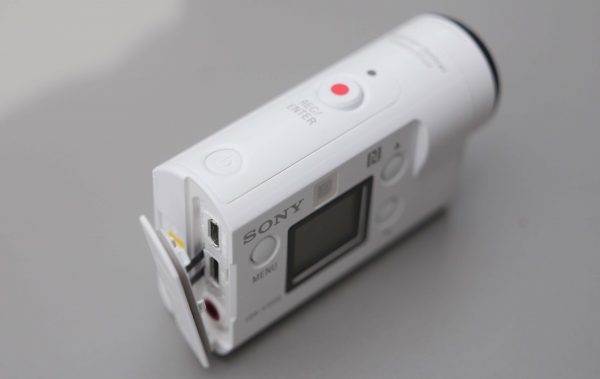
One thing that is currently missing for the Sony is any kind of third party neutral density filter solution to reduce the exposure and allow for slower shutter speeds. Hopefully this situation won’t last long and independent makers will step up and make some.
One other key feature is that the camera can output a clean 4K output over HDMI for external recording. I couldn’t establish what the exact specs are but I assume it is 8-bit 4:2:0 like other consumer Sonys. I did manage to successfully record it using an Atomos Shogun recorder.
For broadcast, I think the camera is a serious challenge to GoPro’s dominance of the low end of the professional POV camera market. For any moving shot on a relatively stable platform like a car, plane, helicopter or bike I think the Sony would be a better choice of camera than the GoPro alone. Of course you could add a small gimbal to the GoPro, but then you are adding cost and bulk. Overall, I really liked the FDR-X3000R and would love to add one to my bag of tricks for factual shooting.
The FDR-X3000R will start shipping in November 2016 priced at approximately €600.





